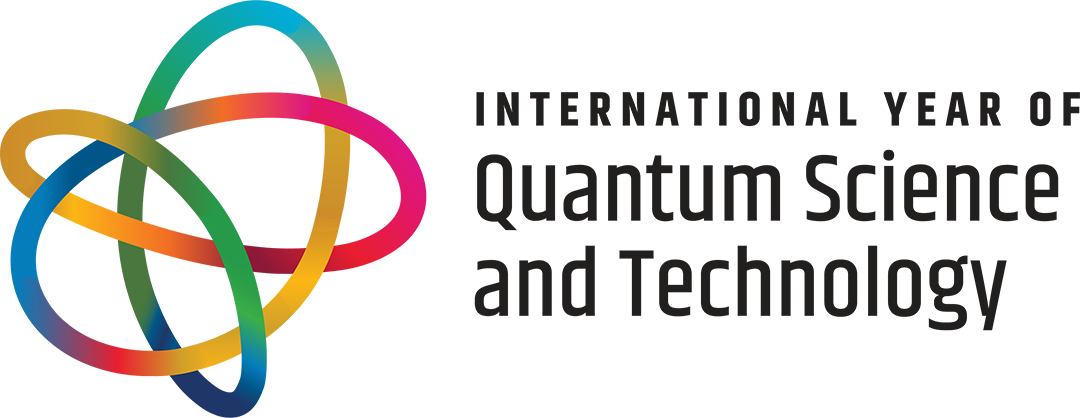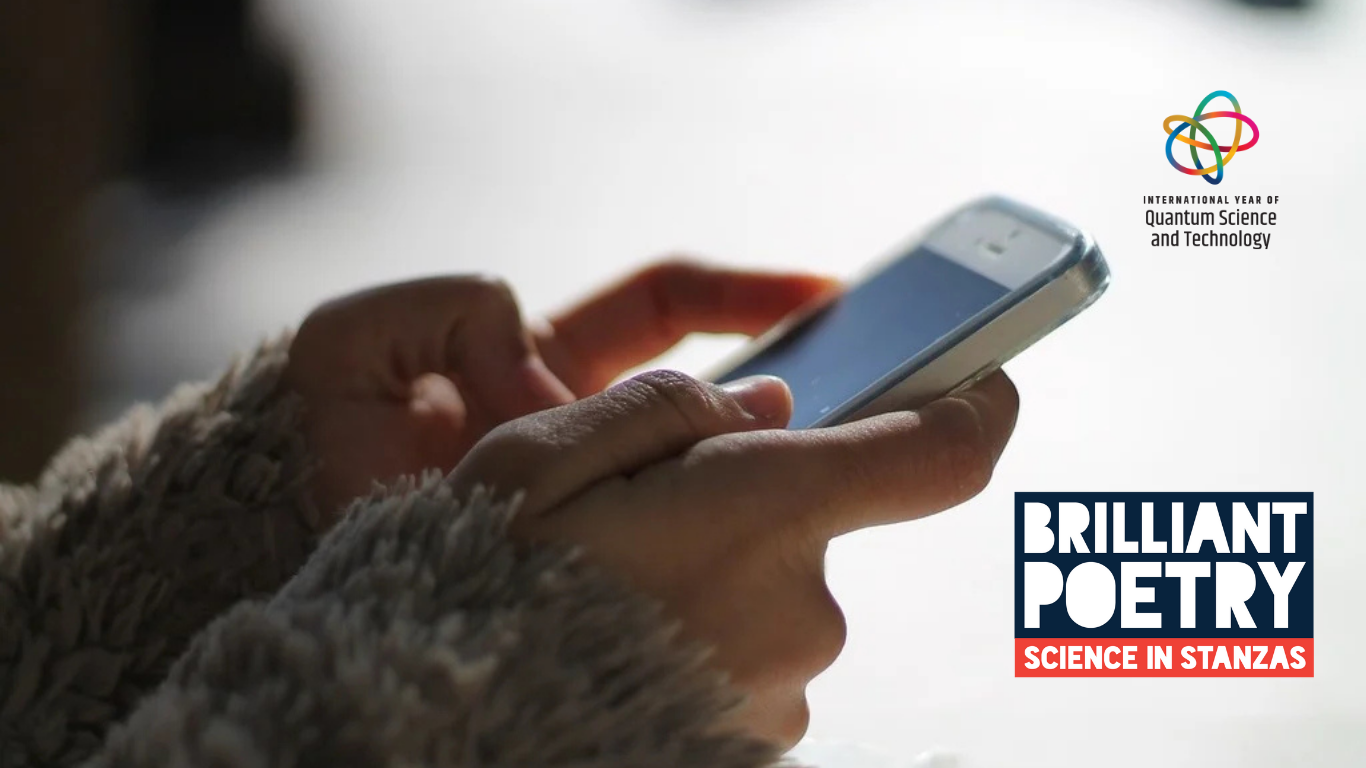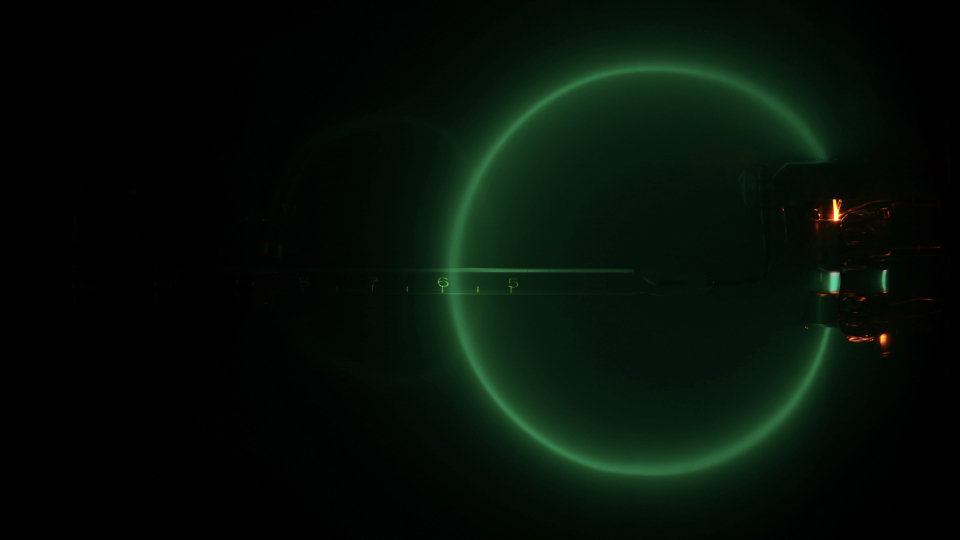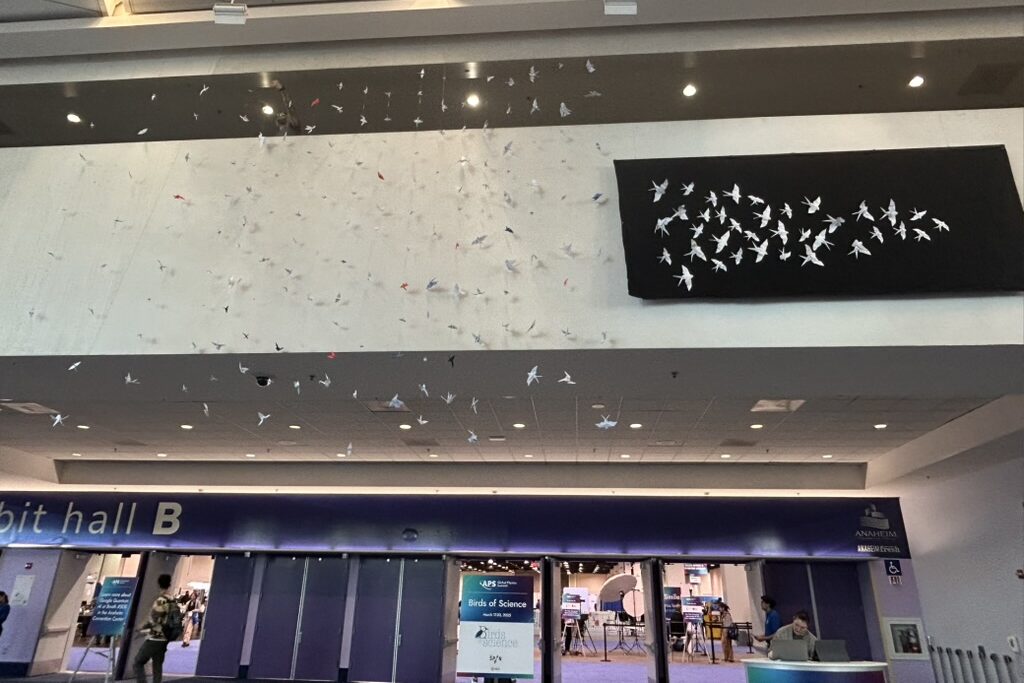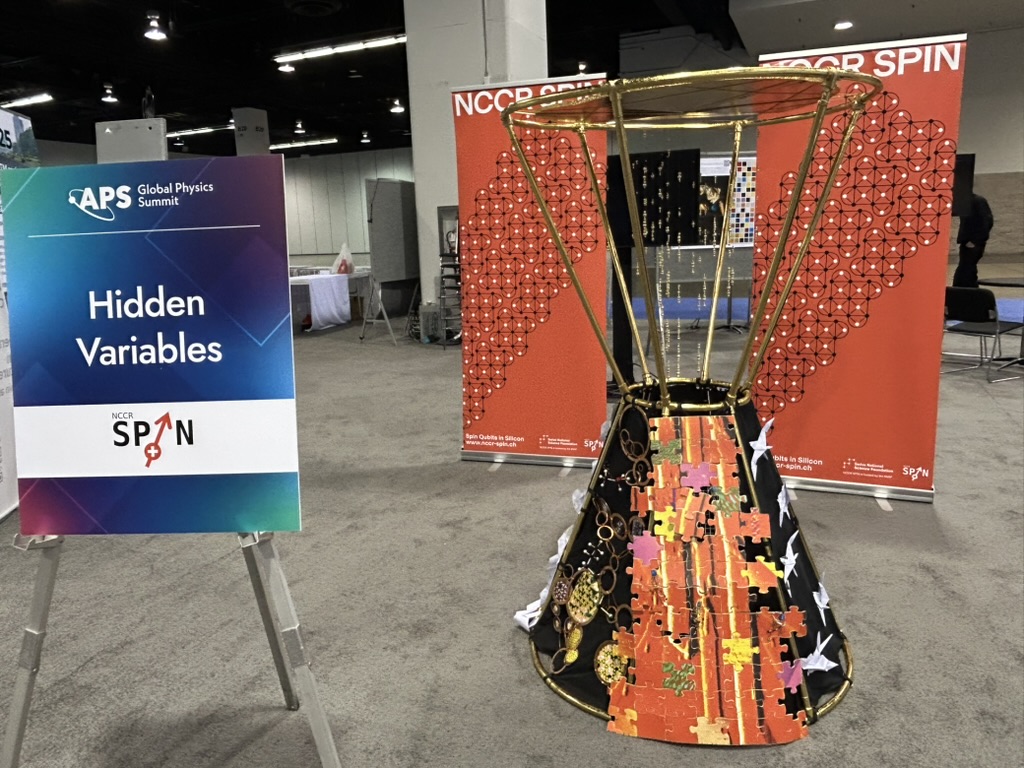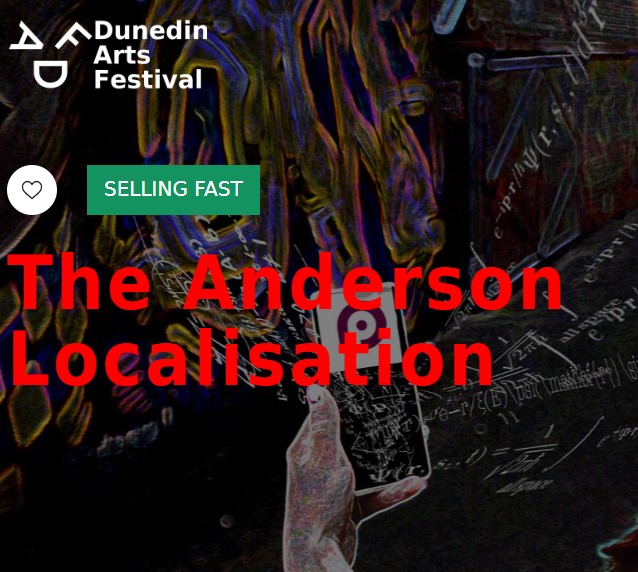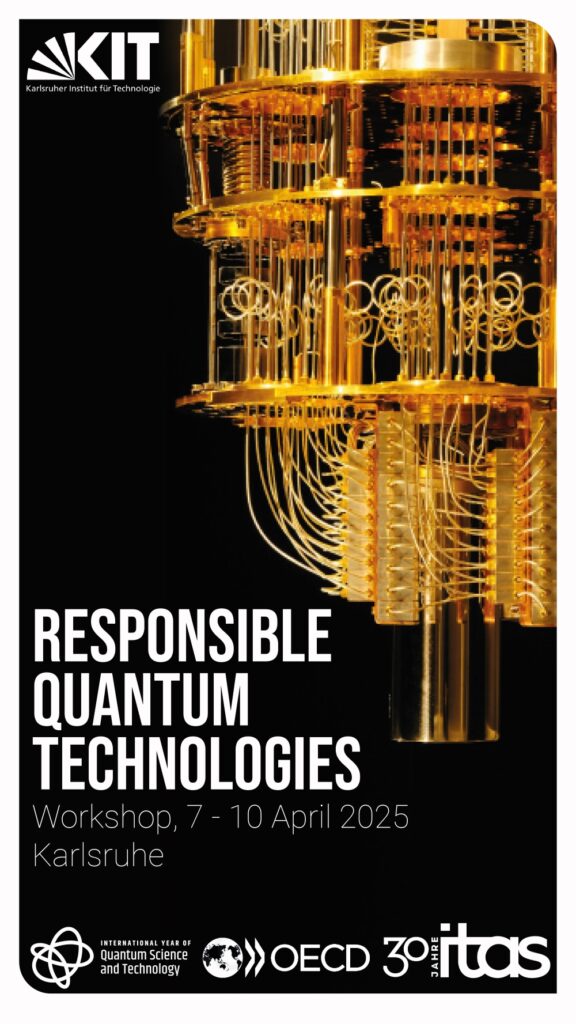What happens when the beauty of the quantum world collides with the power of literature? The Brilliant (Quantum) Poetry Competition dares poets from around the globe to explore just that. This unique international contest, created to celebrate the International Year of Quantum Science and Technology, invites everyone to express quantum science in verse.
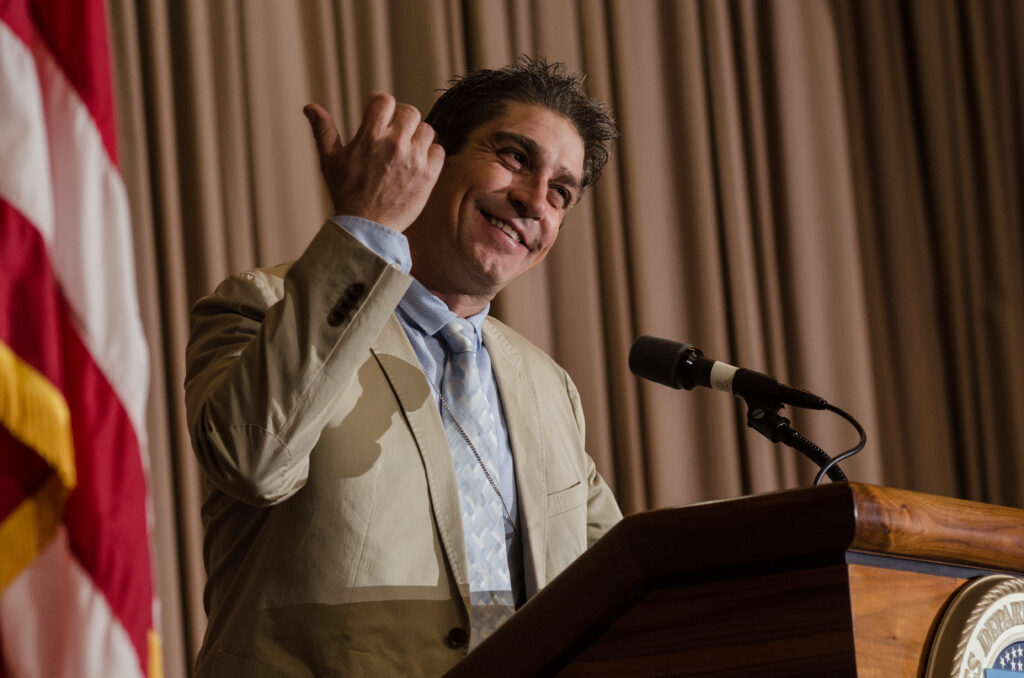
Hosted virtually by The Brilliant Poetry Project, the call for submissions opened on March 21 this year and will close next week on June 30. Winners will be announced on November 10. In this framework, and to help inspire quantum enthusiasts, poet and engineer Richard Blanco shared his “stereoscope or contrapuntal poem,” Uncertain-Sea Principle, inspired by the quantum uncertainty principle introduced by Werner Heisenberg, one of the scientists who helped develop quantum mechanics 100 years ago. The author remarks that it can be read “in more than one way, such as left to right across the two columns or down first one column and then the other.”
Note: To read the poem from left to right across both columns, it must be opened on a desktop (laptop).
Uncertain-Sea Principle
after Werner Heisenberg
the more I try to measure x
the more I know where I am
I scribble my name across the sand
the more I know where I’m going
the ebb of each wave seduces me
the more I know how to get there
freighter lights burn on the horizon
like candelabras floating toward port
the more I know when I’ll arrive
the tide rises on cue to kiss the shore hello
the less I try to solve for y
the less I know where I am
rustling palms protest losing
their green to the darkness
the less I know where I’ve been
the ocean vanishes into the midnight sky
the less I know who I can be
there’s no horizon in the stark night
the less I know who I am
I erase my name with a wave of my palm
the more I try to determine my I
the less I can measure y
the less I know where I’m going
the burnt-orange moon rises, cools, disappears
the less I know how to get there
silhouettes of sailboats sleep till morning
the less I know when I’ll arrive
sea oats sway to the wind’s pitch
like inverted pendulums of timelessness.
the less I know where I am
seagulls abandon the sea every night
the more I can solve for x
the more I know where I’ve been
the sea gives and gives itself to the shore
yet returns again and again to itself
the more I know who I can be
the midnight sky vanishes into the ocean
the more I know who I am
even in the dark my eyes shape clouds
the more I know that I am, here
I clutch a fistful of sand, breathe, listen
the less I can determine my self
Listen to the poem below, read by the author in the video
“Uncertain-Sea Principle” is from the book Homeland of My Body: New and Selected Poems by Richard Blanco. Copyright © 2023 by Richard Blanco. Used with permission from Beacon Press and Richard Blanco.
Video edited by Serena Krejci-Papa
Feature picture edited by Alexandra De Castro

